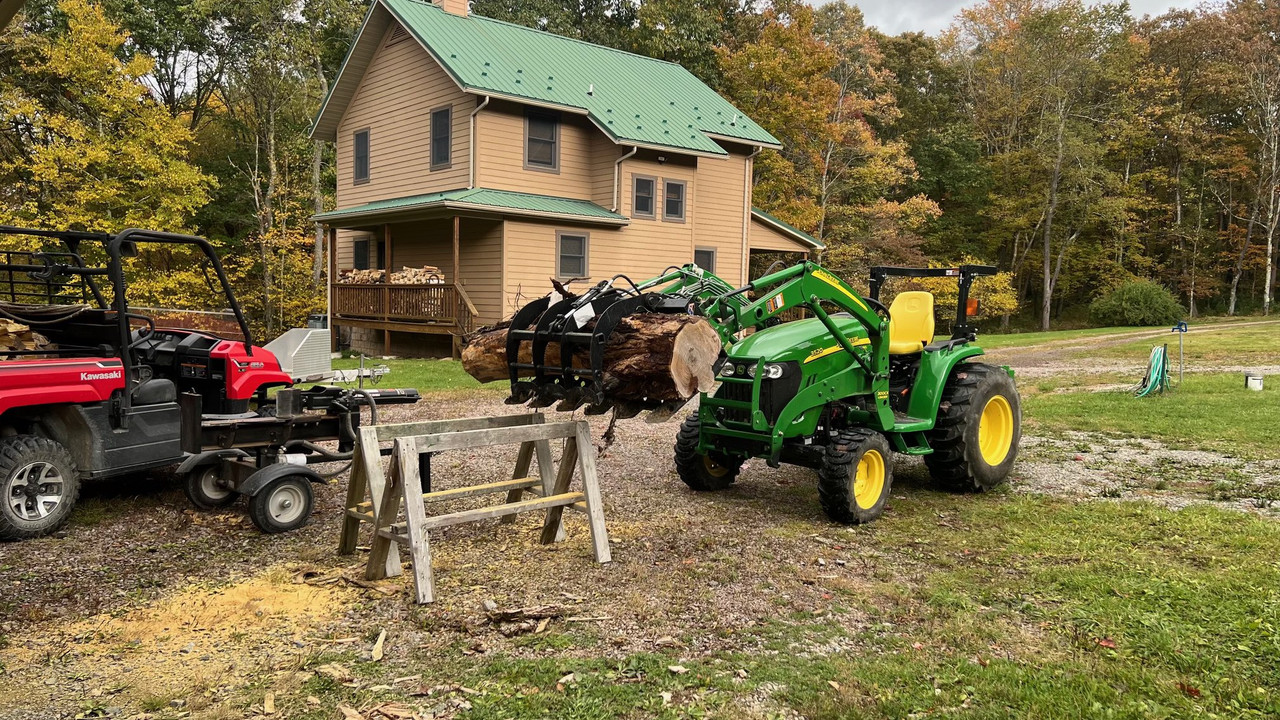John_Mc
Elite Member
- Joined
- Aug 11, 2001
- Messages
- 4,057
- Location
- Monkton, Vermont
- Tractor
- NH TC33D Modified with belly pan, limb risers & FOPS. Honda Pioneer 520 & antique Coot UTV
I agree, those are great guides. You mentioned "and another good one is the Husqvarna roller guide." It appears that what you have pictured IS the Husqvarna roller guide, unless someone has started making clones?That is a good guide set and another good one is the Husqvarna roller guide. The reason I like it better is that I can see what is going on at the tooth - seems to help me.
View attachment 828049
gg
Husqvarna sells two types of these roller guides: one is just the roller file guide, the other is their Combination Chainsaw File Guide. The latter includes a progressive depth gauge tool for setting the raker height. I find the progressive depth gauges give better results than the type that sits flat across the tops of several cutters.
